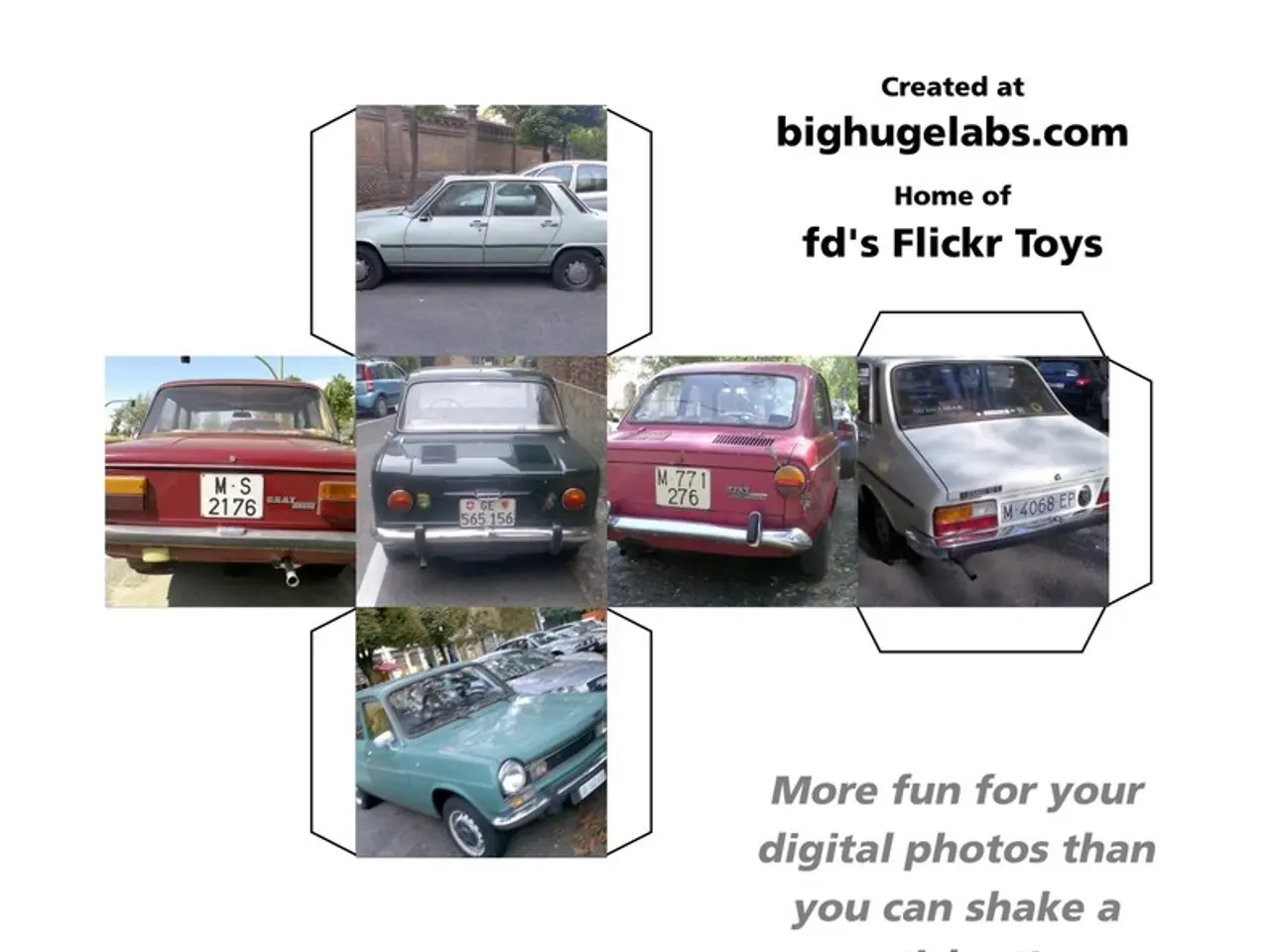Delving into the realm of Hybrid Powertrain Engineering: Balancing Eco-friendliness with Power
In the quest for a more sustainable and innovative future, the automotive industry is embracing the complexity and versatility of hybrid systems. These systems, which fuse artificial intelligence, machine learning, and cloud technologies with automotive engineering, are igniting a pathway to unprecedented innovation and efficiency, aligning with global sustainability goals.
The speaker, a renowned auto engineer and enthusiast, encourages fellow industry professionals and enthusiasts to delve into the intricacies of hybrid powertrain technologies. With a fascination for automotive engineering and a commitment to sustainable innovation, the speaker believes that the journey of hybrid powertrain engineering is far from reaching its zenith.
Hybrid powertrain engineering is believed to play a pivotal role in shaping the future landscape of the automotive industry. Hybrid systems hold the promise to redefine vehicular mobility, offering immediate reductions in greenhouse gas emissions and fuel consumption while infrastructure and technologies for electric vehicles mature.
There are three unique mechanisms and configurations of parallel, series, and plug-in hybrid systems in automotive engineering.
In a parallel hybrid system, both the internal combustion engine (ICE) and the electric motor can directly drive the vehicle's wheels simultaneously or independently. Power sources are connected in parallel to the drivetrain, enabling the car to use engine power, electric power, or both at once. This system typically allows regenerative braking and more direct mechanical coupling, which can improve efficiency and performance balance.
On the other hand, a series hybrid system has the engine acting solely as a generator to produce electricity that either charges the battery or powers the electric motor. The ICE is decoupled from the drivetrain mechanically, functioning like a generator to maintain battery charge or supply electricity.
Plug-in hybrid systems combine a rechargeable battery with an ICE and electric motor, allowing the battery to be charged externally via electric grid power in addition to regenerative braking and engine charging. PHEVs can operate as pure electric vehicles for a certain range before switching to hybrid mode where both power sources contribute.
These configurations affect component integration, control strategies, and vehicle performance, tailoring hybrid systems to specific goals like fuel economy, emissions reduction, or driving dynamics.
Additional thermal management innovations, such as parallel cooling and heating loops in electric drive components and batteries, enhance reliability and efficiency across these hybrid systems but are more relevant to battery electric vehicles or PHEVs that rely on substantial electric propulsion.
The speaker's insights and experiences can be explored further at [www.our website]. Embrace the future of sustainable transportation and join the conversation on hybrid powertrain technologies.
- In light of the speaker's insights, it's essential for the automotive industry, particularly finance and technology sectors, to invest in and collaborate on hybrid powertrain technologies for the advancement of sustainable transportation.
- As the automotive industry evolves, the role of hybrid systems in financing, technology, transportation, and finance will further intertwine, driving innovation in areas of parallel, series, and plug-in hybrid configurations for a greener and more efficient future.




